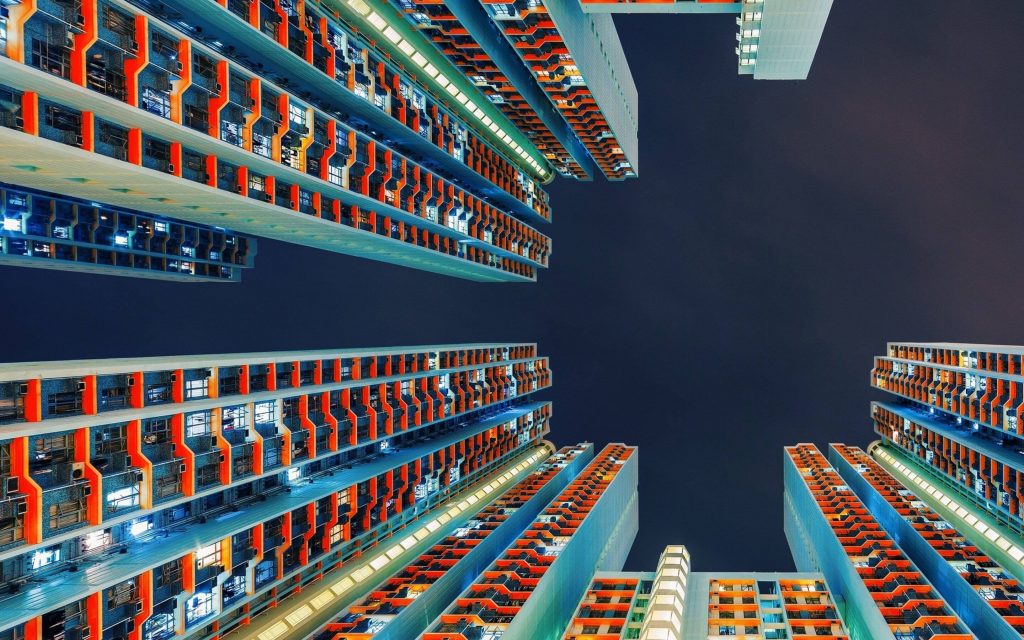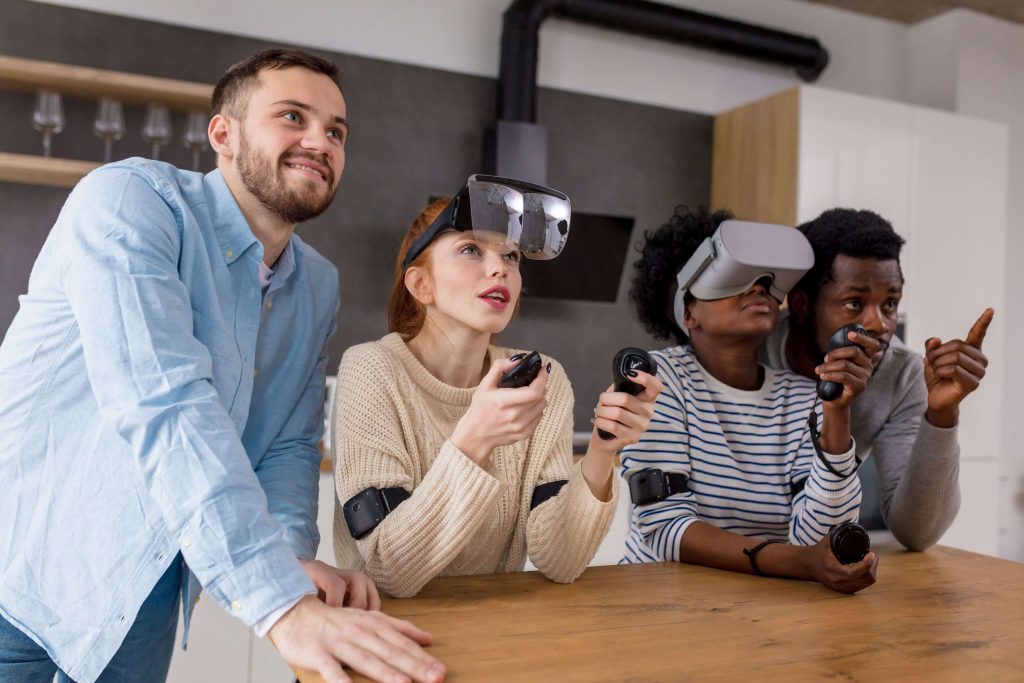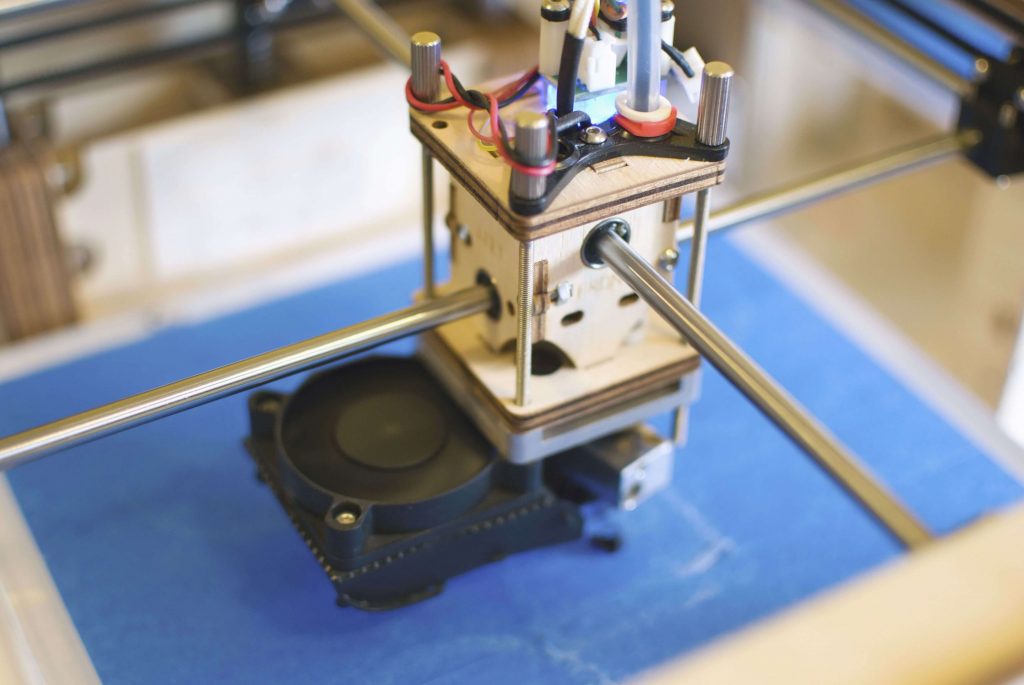You know what they say, the only thing that is constant is change.
Architectural 3d visualization is no different – the industry continues to evolve!
3d visualization from motion renderings to VR, from 3D Printing to artistic 3D visualization – 2019 is packed full with new technology, cutting-edge software and fresh styles.
Read on to learn what are the hottest Trends in Architectural Visualization 2019!
For a long time, the main objective of digital architectural visualization was to produce life-like computer generated images that are hard to distinguish from a photograph.
Now that photorealism is so achievable, a lot of designers and architects choose to move away from over-processed life-like renderings.
The artists play with styles, they hyperbolize, they dramatize 3D renders untill they look like picturesque sketches or romantic watercolors – all to hold customer’s attention.
Telling a story, enhancing the feel of the render, creating visually stunning scenarios, giving your building a certain glow – it all gets much easier when you have a freedom of artistic 3D visualization!
Virtual Reality
They say Virtual Reality came to change architecture forever, and we have no doubts about it!
You can rest assured VR will be trendy in 2019 as well!
Why wouldn’t it? VR revolutionizes how Architects communicate their ideas! It turns dull 2D visuals into 3D modeled virtual environments, and it turns viewers into active users!
VR allows users to walk through a real-time model. It helps customers to understand the space better and eliminate the guesswork.
Another powerful feature of VR is pre-construction troubleshooting.
Tweaking walls, changing the layouts, adding a window – these insights will help you better understand the space and avoid costly mistakes in the future.
Finally, when it comes to Architecture and Interior Design, VR is an ultimate selling tool. Being an early adopter of VR technology can also set you miles apart from your competitors.
VR is definitely among the Architectural Visualization trends to keep your eye on in 2019, don’t miss out!
3D Printing
When it comes to creating Architectural Physical Models, 3D printing is definitely the hottest trend of the year.
3D printing technology has turned the world of Architecture and Design upside down.
Instead of going through a long and tedious process of making a model by hand, modern architects often choose to print reliable 3D models with a high level of precision – all within a matter of days or even hours.
Complex designs and intricate geometries is where 3D Printing really shines.
Because everything is created straight out of the printer, even the most complex structures.
The whole creation flow gets easier. Whether you need to make an exact copy of your existing model, redesign it, go a size bigger, or make some significant improvements – you are always a few clicks away from a new model.
The best part is, when it comes to 3D Visualization, high-quality does not mean high cost. Some studies show that 3D printed models can be up to 75% less expensive than hand-made prototypes.
Here you have it – The hottest trends in architectural visualization 2019.
This is what the brightest Architectural and Interior design minds are excited about this year.
What are your thoughts? What other visualization trends will have a major impact in 2019? Comment down below!
.png?width=200&height=51&name=ilustra_logo_high_copy_2%20(1).png)




Comments